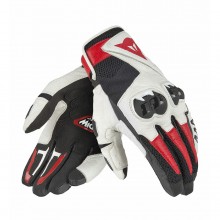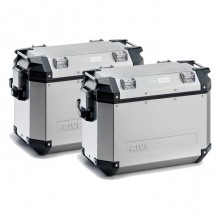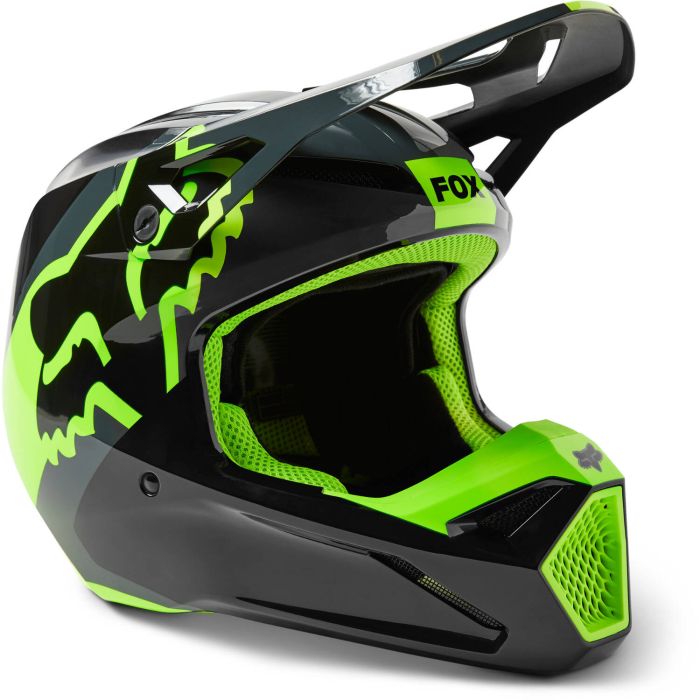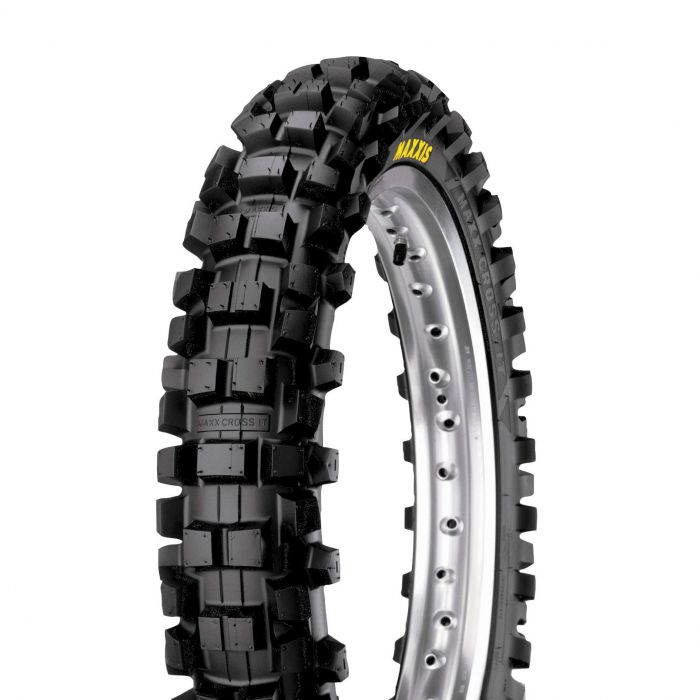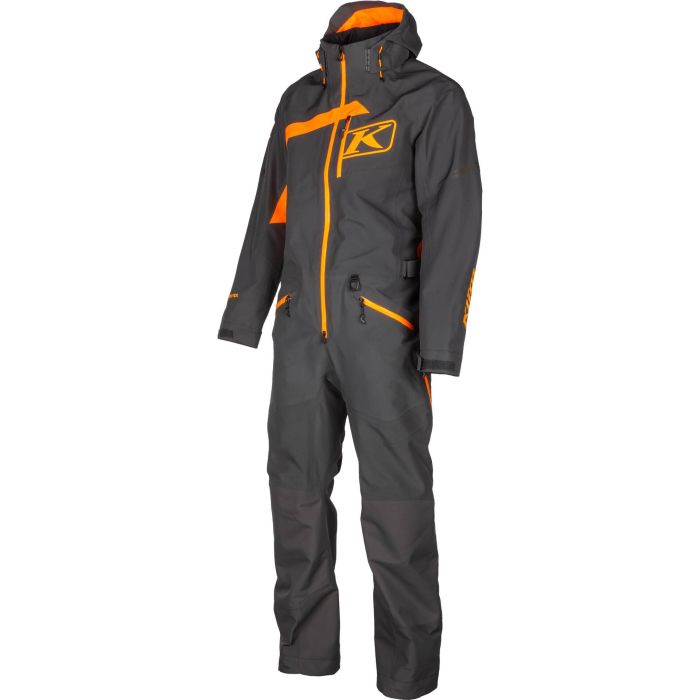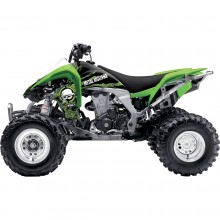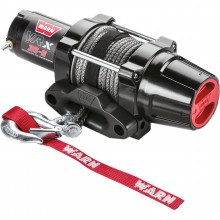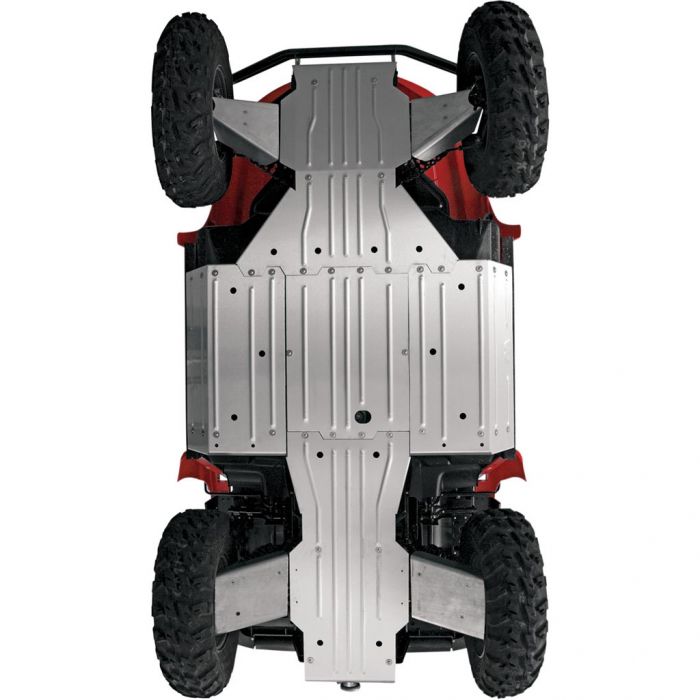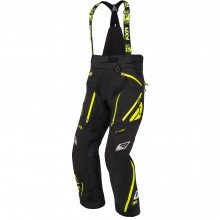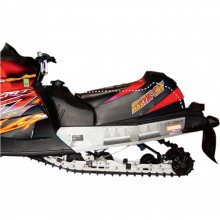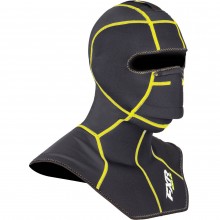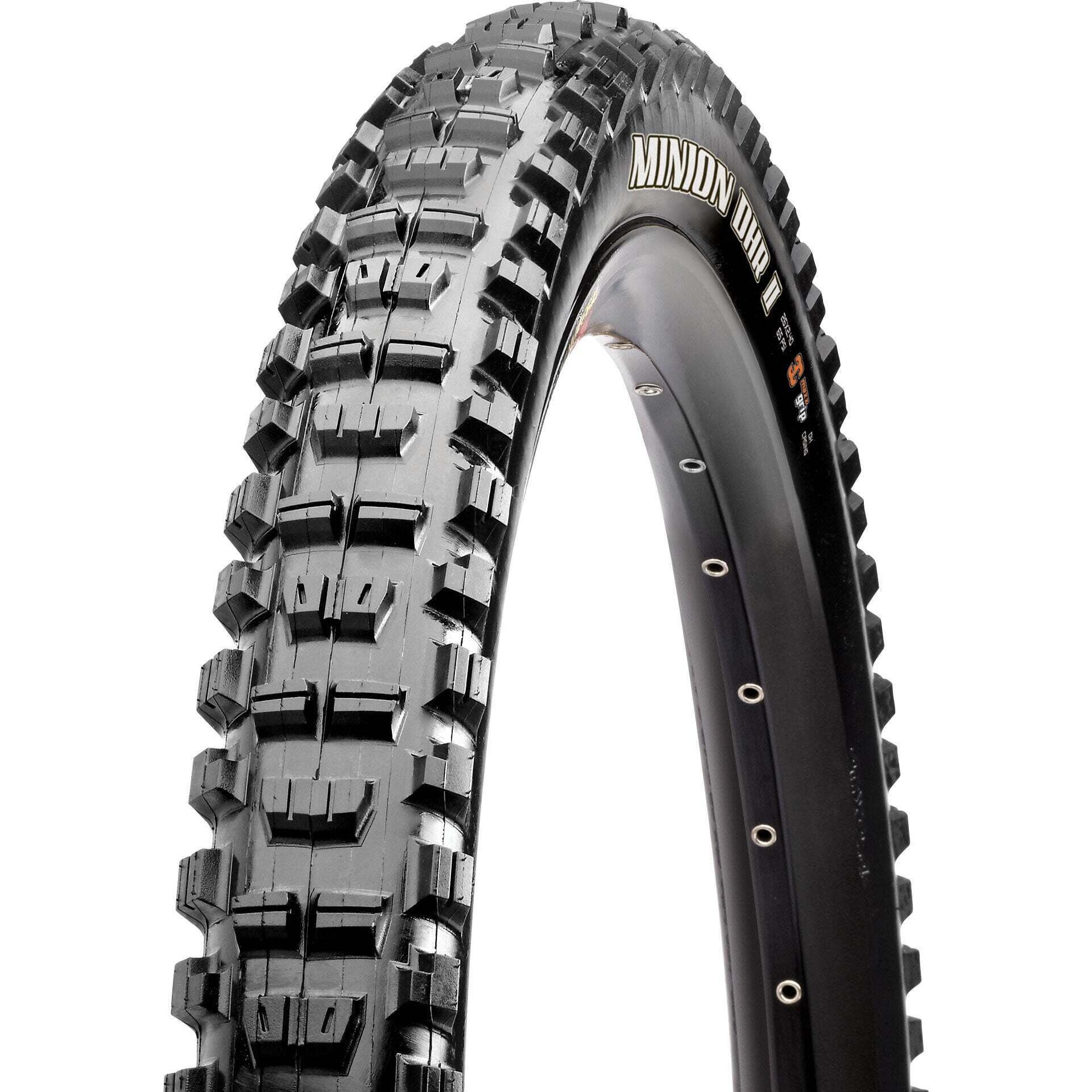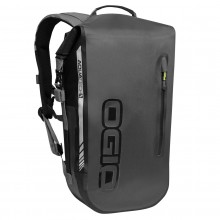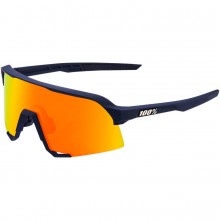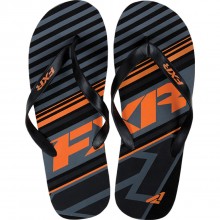
Motorcycle Road Rage: Why Cars and Bikes Don’t Get Along
Life as a motorcyclist can be hard. Even the safest riders will experience close calls, and it's easy for things to escalate. But here's why it's best to keep your cool.
Shop Now
Aug 3, 2022 — Motorcyclists are more likely to be involved in road rage. Don't expect anyone to step into the firing line and tell you that; there aren’t any safe statistics to hide behind. Stats Canada lumps road rage incidents — involving anything from scooters to semi-trucks — into a giant cesspool of "human error" accidents. And in that melting pot of data, it’s impossible to find a hard truth.
But I stand behind my statement. Road rage is especially hard on motorcyclists. And if you follow me into the labyrinth of psychology, I can back it up.
Road Rage in Canada
Despite an utter lack of motorcycle-related data, we know that road rage is generally prevalent amongst Canadian motorists. One study shows that 80% of Canadians admit to road rage behaviour. Men with salaries larger than $100 000 were the worst offenders, but the stats are reasonably uniform across all types of people. Speeding and texting are the most common triggers, but tailgating, cutting off and cursing aren’t far behind.
So the statistics fail to isolate any major trends, except for the fact that humans are jerks.
But we can read between the data points here. It is known that Ontario and Québec — the provinces with Canada’s busiest roads — ranked #1 and #2 as the worst road rage offenders. While the quietest provinces (Saskatchewan, Manitoba and Atlantic Canada) are home to Buddhas behind the wheel. So we conclude that when vehicles are in close quarters, like during traffic jams and urban rush hour, road rage tends to boil over.
Looks like we’ve found a solid fact in our melting pot after all.
Of course it’s bad news for us, because cars and motorcycles love to get into each other’s space. Cagers often see our smaller size and subsequently give us a smaller berth. Or worse, they don’t see us at all and merge directly into our space.
Motorcycles aren’t innocent either. When the traffic comes to a halt and vehicles cluster together, we’re most likely to split lanes. I personally find lane splitting to be a safe and acceptable practice, but that doesn’t change the fact that it puts motorcyclists in an aggravatingly-close proximity to other drivers — some of which (cough Montrealers cough) have gone so far as to whip open their door to prevent me from passing them.
Thou shalt not pass! — Gandalf... Also some MTL car driver stuck in traffic.
To sum up, motorcycles and cars get closer together than other road users. And proximity is related to a spike in road rage.
What Causes Road Rage?
Of course proximity isn't everything. We stand in the lineup at Disneyland without hurling obscenities at the 7-year-old beside us. We make it through a crowded elevator ride without brawling with our coworkers. So why do motorcyclists and car drivers explode on contact?
According to psychotherapist Dr. Barry Markell, we "thingify" people in road rage incidents. That is to say, we treat whomever we’re raging against as an object rather than a person. To prove this to yourself, just think about the way that you talk about driving.
I had to fight traffic!
I got cut off by a blue BMW!
On a daily basis, we reduce motorists to the metal cages they inhabit.
Forget that these cars contain humans just like us, with bad days behind them and pressing engagements ahead! Forget that they contain newborn babies and 97-year-old veterans... All we see is an object in our way. And it’s easy to hate an object.
Here again, motorcyclists have a special problem. When a road rager sees me through Markell’s "thingifying" lens, they don’t see a quiet journalist with an impeccable driving record. They just see a "motorcyclist." As in, the motorcyclist that gets ahead by illegally splitting lanes. As in, the motorcyclist with roaring pipes that keeps them up at night. As in, the Hell's Angel.
See what happened there? When motorcyclists are "thingified" by road ragers, we don’t just become an object. We become the object of the rager's prejudice. The objectified "motorcyclist" is thus an easy target for a million ready-made stereotypes. And none of them are good.
How a Road Rage Fight Gets Started
So we have a motorcyclist and a car driver — in close quarters — treating each other as objects. But what causes the shift from private hatred to public rage?
For car drivers , it’s a mix of power, anonymity and defensiveness. Normally, people assess their own safety and ability before provoking someone else. But when you’re inside a steel bubble with a few hundred horsepower under your feet, power outweighs insecurity.
Likewise, we don’t usually flip off people face-to-face, but in the anonymity and escapability of traffic, these hesitations aren’t present.
Finally, motorists are defensive. A group of Harvard researchers recently noted that cars become a "second home" for their drivers, resulting in territorial behaviour. So, instead of privately fuming at a transgression, we protect our territory by taking direct action against the transgressor.
Riders have triggers of their own. Motorcycles provide a dangerous combination of vulnerability and adrenaline. When I’m driving my car, I get annoyed at the carelessness of the driver who cut me off. But when I’m on my bike, I rage at the murderous intent of the driver who cut me off.
See the difference? The motorist did the exact same thing in each situation, but when I’m on my motorcycle, I feel simultaneously endangered by their behaviour and pumped-up by the near-death experience. As a result, I’m excitedly angry rather than passively peeved. And that’s the difference between muttering under my chin bar and booting someone's side mirror.
So what do you get when you mix a powerful, anonymous and defensive driver with a vulnerable and adrenaline-filled motorcyclist?
Perhaps nothing.
But add a sprinkling of irritations — the heat of leather pants in mid-summer, the claustrophobia of a tight traffic jam — and you’ll almost certainly get a reaction.
How to Deal with Road Rage as a Motorcyclist
I won’t tell you not to piss people off. As we’ve seen above, road rage is a natural extension of commuter psychology. Odds are you’ll experience road rage and — when you do — there may not be anything you can do to prevent it. But you can quickly extinguish the blaze by removing one critical ingredient.
Yourself.
You need to be the most passive, non-reactive thing in the world. Like fire retardant foam. Nothing can light you up. Nothing gets you bent out of shape. Nothing sticks to you and nothing bounces back. If you become extraordinarily neutral, the road rager won’t be able to sustain his or her anger.
Normally, Canadians are excellent at diffusing a situation. We say "sorry" over and over again until people love us. But your horn just says "screw you" over and over again until people hate you. So don’t use it.
Avoid verbal responses as well. You’ll have to shout to be heard over engines and traffic, and nothing sounds friendly when you scream it. Besides, the rager is actually looking to get a response out of you. No matter what that response is, they’ll use it to fuel the fire. So keep your mouth shut and the situation will fizzle.
Of course staying silent isn’t easy. So here are a few psychological tricks.
The American Psychological Association notes that road rage is normally preceded by thoughts of disbelief or revenge. Ragers tend to fixate on things like "How can anyone drive like that!?" or "I’m going to throttle that guy in his sleep!" So the best way to avoid escalating the situation is to move your thoughts in a different direction.
The blame game is perfect for rationalizing away your disbelief:
It wasn’t their fault that they cut me off. The driver in front of them probably slammed on the brakes. Maybe they’re a nervous 17-year-old who just failed their driving test with that maneuver. Maybe they learned to drive in Antarctica. Maybe it’s a grandpa on the way to his beloved wife’s funeral.
Just keep going until your mental picture of the rager is impossible to hate.
The waiting game is helpful too. If you force yourself to wait 15 seconds before responding, odds are you'll never respond. The road rager probably won’t be near you anymore and — even if they are — you’ll realize that cussing them out was a bad idea in the first place.
Here’s a rather embarrassing case in point. I was riding behind a slow semi truck when I finally got a chance to pass. I made it about halfway past when I noticed a car passing me! He overtook using the bike lane while I was passing the truck, which left me in an incredibly dangerous position with no escape route. I could have murdered that $#%$ @)!@#*. As it was, I leaned on the horn and showed him my longest finger.
About 15 seconds later, I realized that I had forgotten to shoulder check before pulling out. The driver behind was probably trying to pass both of us when I merged into him. He swerved into the bike lane to prevent me from blindly sideswiping his car. Ergo, my fault.
If I had waited, I would have saved myself a lot of embarrassment. And if the car driver weren’t cooler than I was, things might have spiraled out of control.
Escaping Road Rage
You should not respond to 99% of road rage incidents. That’s because they only involve unsavory words and obscene gestures — neither of which will test your Kevlar riding jacket.
But there are a few defective humans that will actually get violent over traffic infringements. As a motorcyclist, you are now responsible for getting the hell out of there.
Canadian insurance companies recommend finding a well-populated, well-lit place to pull over. If I happened to be riding beside a crowd of good Samaritans with flashlights, I would probably take their advice. But otherwise, I say screw that.
They also warn against weaving through traffic while being chased, because it’s "very dangerous." With more emphasis this time: screw that! A rager in a 2500-kilogram SUV is already "very dangerous." A bit of high-speed riding is acceptable if it gets me out of their way.
If possible, it’s even better to get behind the rager. As we know, road rage is a fixated emotion. So if the angered driver can only glimpse you in the rear-view mirror, they’ll calm down faster.
More importantly, you have the upper hand by keeping the road rager in front. They won’t be able to ram you and if they try to stop suddenly, you have the advantage in both braking and maneuverability. You’ll also be able to take whichever turns they pass, thereby escaping the situation.
Once you get away from the rager, call 911 and report every detail about the incident. And if you’re still rattled, take a long break before riding again. You haven’t truly escaped the danger until you regain your inner Zen: after all, an angry driver is more likely to be involved in an accident.
Motorcycle Riders Can Handle Road Rage
Motorcyclists are at a heightened risk when it comes to road rage. We tend to get in closer quarters with vehicles. When we are "thingified" in traffic, the road rager projects a myriad of negative stereotypes onto us. At the same time, the rager feels powerful, anonymous and defensive. We feel vulnerable and adrenaline-filled, so it’s tempting to escalate the situation.
All of this puts motorcyclists in a special danger.
But what else is new? We take responsibility for heightened risks every time we ride. We wear extra protective equipment. We pay more attention on the road. We anticipate and prepare for a host of complications.
Road rage is nothing different. We can armour ourselves with calming thoughts. We can pay attention to common road rage triggers. We can prepare for escaping the worst-case-scenario.
Road rage is just another manageable risk for us. So let’s manage it.
Road Rage – Why Motorcycle Riders Smash Windows
As the generation that grew up playing Road Rash, we have some learning to do about de-escalation. Here’s how to avoid ending up as a hood ornament.

Related Articles

The Nod, the Twitch, and Other Things Only Riders Do
Our common struggles as motorcyclists unite us with something as simple as a wave.
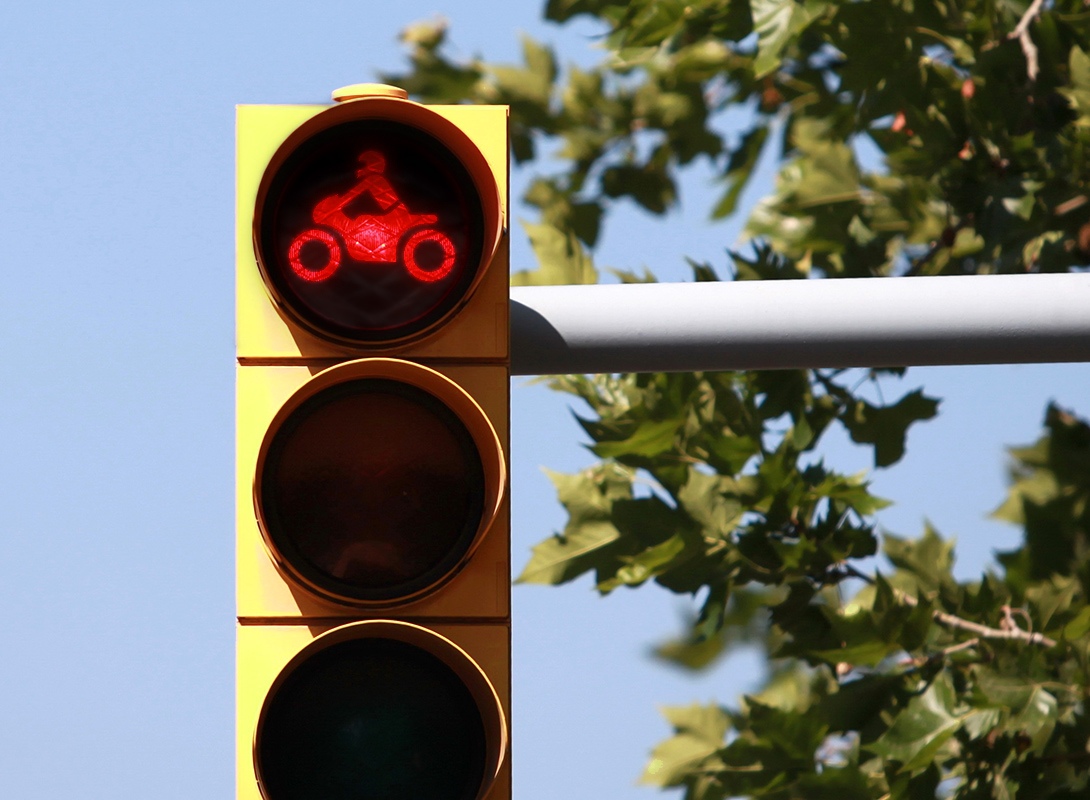
How to Trigger Traffic Lights on a Motorcycle
On a motorcycle, some traffic lights are more fearsome adversaries than you think.
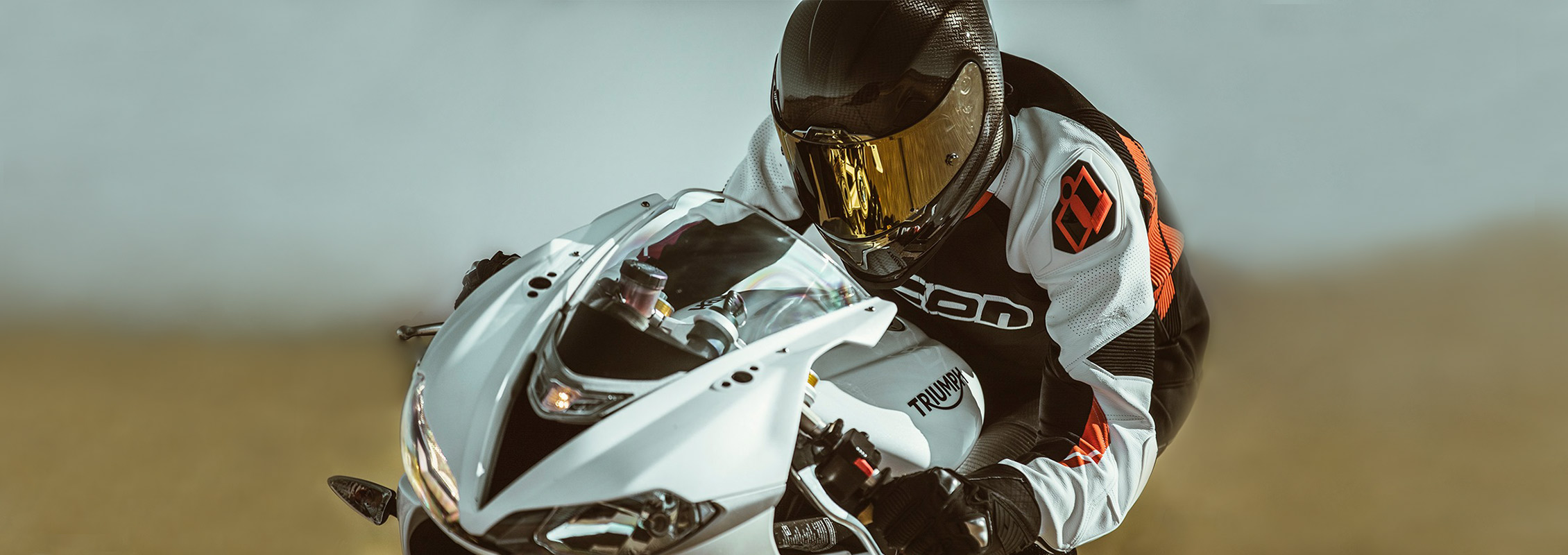
Weekend Warriors Are Awesome
Leave your stereotypes at the door, these warriors mean business!



